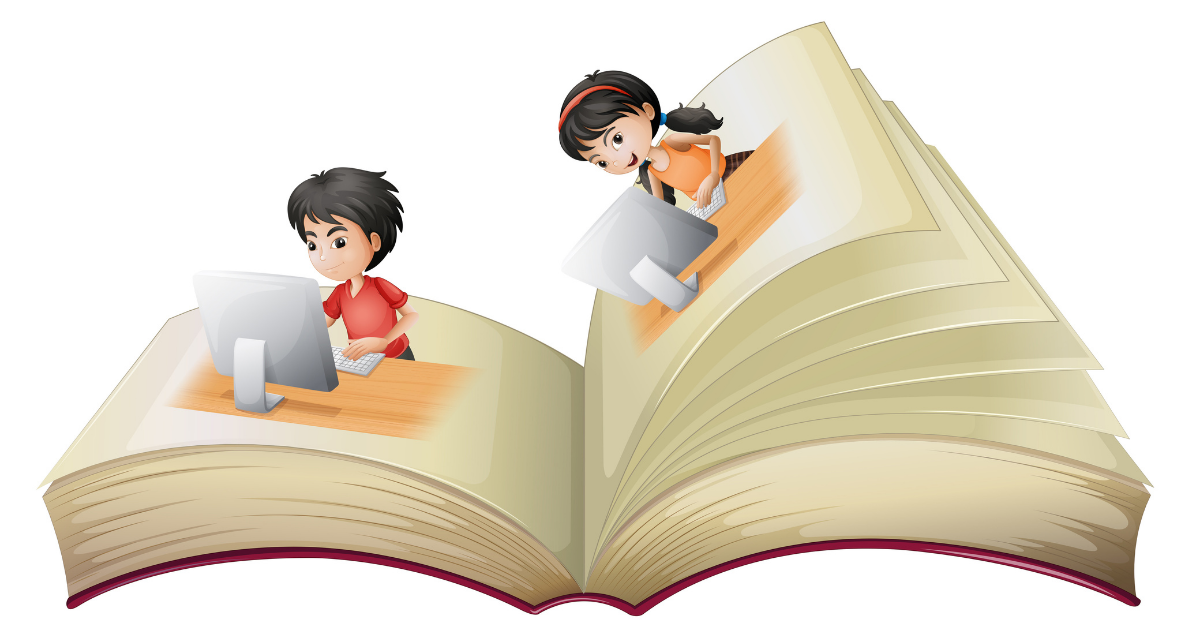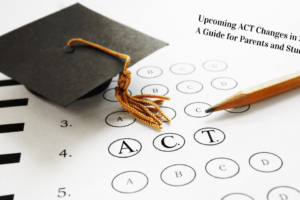
How to Assist Children with Reading Nonfiction Text
Children usually first get introduced to fictional stories and tales when learning to read. Now and then, they may encounter a short book about animals, colors, and shapes, but for the most part, kids are taught how to read mainly through fiction. These made-up characters can generally keep their attention better. With their short attention span, it just seems to work better this way.
Nonfiction Material
Learning to read nonfiction text, especially during later primary education, middle school, and high school, is an entirely different beast. Students are trying to grasp factual information from the text. There may not be a specific beginning, middle, and end for some of the material, but rather informative data about particular topics. 
Nonfiction text can be much harder to recall for students. For educators, it is about knowing how to approach teaching nonfiction to help ensure the students are using the best strategies and methods to learn the material.
Teaching Elements of Nonfiction
Stressing to the students that certain elements to be aware of when reading nonfiction text will help them focus on critical details to learn specific information.
- All information contained in nonfiction text is to be considered factual.
- The layout of nonfiction text will be different than fiction with more headings.
- Headings and subheadings usually provide the main idea for each passage.
- Charts and diagrams will often accompany nonfiction text. This data can be even more important than the text itself.
- Critical vocabulary in the text will usually be in bold when introduced to the reader.
Types of Text Structure for Nonfiction
When presented with nonfiction text, generally, it follows a basic formula.
- The writer will use descriptive text about a topic, person, or idea.
- Sequencing is used when the text is about a person or event, as there will be a beginning and end dealing with cause and effect.
- Often, nonfiction text, such as history, is written about a problem and how a solution came into effect.
Use Graphic Organizers When Reading Nonfiction Text
The point of presenting text to students is to provide the knowledge. The comprehension of a nonfiction text is slightly different from fiction since there is factual information involved and not simply a created story with characters.
Use nonfiction graphic organizers to determine if the student is grasping the information correctly. There are plenty of nonfiction graphic organizers available for free online. Here are a few of the categories that will be listed on some of the more popular organizers.
- Who was involved?
- The main idea of the text.
- Problem and solution.
- When and where did it take place?
- In your own words, summarize the text.
- Facts from the text that support the main idea.
- What is your opinion of the text?
Start Reviewing Nonfiction Text in Early Elementary
While the fictional text is more likely to be introduced and discussed in early elementary, it would be wise to include nonfiction text here and there so that students become used to reading this material as well. Suppose students are introduced early and often in middle school and junior high, two areas that focus more on nonfiction material. They will have a much better idea of grasping the text and the strategies that go along with it.
Would You Like to Prepare Your Child Even Further?
Many primary educators do not spend a lot of time on nonfiction text for one reason or another. If you would like a professional tutor to work with your children to help assimilate them to reading nonfiction material, iAchieve can help! We can arrange in-person or video conferencing tutoring sessions to help get your child comfortable reading nonfiction books and figuring out the best ways to pick out the essential information from them.
RELATED BLOG POSTS
Tips to Increase Reading Comprehension



